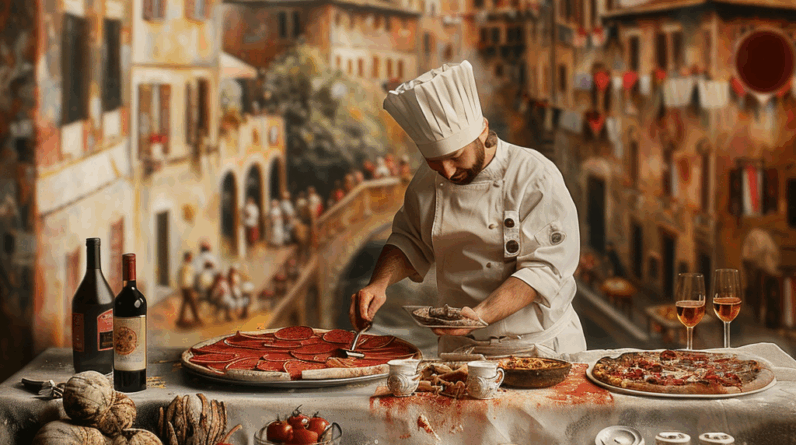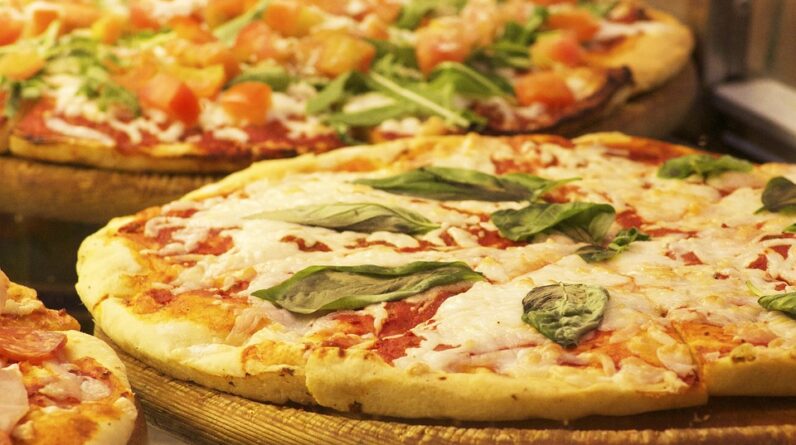When it comes to Italian cuisine, one cannot overlook the delicious world of Italian cheese. Italy is famously known for its diverse range of cheeses, which vary in taste, texture, and production methods. Each cheese has its own unique characteristics that add depth and richness to various dishes. In this article, we will take you on a journey through the different types of Italian cheese, from the well-known Parmigiano Reggiano to the lesser-known Taleggio.
1. Parmigiano Reggiano
Parmigiano Reggiano, commonly known as Parmesan, is one of the most famous Italian cheeses. It is a hard, granular cheese that is aged for a minimum of 12 months, but can be aged for up to 36 months for a more intense flavor. Parmigiano Reggiano has a nutty and slightly salty flavor, making it perfect for grating over pasta dishes or salads.
2. Mozzarella
Mozzarella is a soft, fresh cheese that is famous for its use in traditional Italian dishes such as pizza and caprese salad. Made from cow’s milk, mozzarella has a mild and creamy flavor with a delicate texture. It is best enjoyed fresh, as it becomes rubbery and loses its flavor when refrigerated for too long.
3. Gorgonzola
Gorgonzola is a blue cheese that is produced in Northern Italy. It has a distinctive blue-green veining and a creamy texture with a sharp and tangy flavor. Gorgonzola can be enjoyed on its own or crumbled over salads and pastas for an added kick of flavor.
4. Pecorino Romano
Pecorino Romano is a hard, salty cheese made from sheep’s milk. It is aged for a minimum of five months, resulting in a sharp and tangy flavor. Pecorino Romano is often grated over pasta dishes or enjoyed on its own with a glass of red wine.
5. Taleggio
Taleggio is a semi-soft cheese that comes from Lombardy in Northern Italy. It has a thin, pink, and orange rind with a creamy paste that becomes soft and creamy with age. Taleggio has a mild, tangy flavor with a hint of sweetness, making it perfect for melting over polenta or spreading on crusty bread.
6. Provolone
Provolone is a semi-hard cheese that is produced in Southern Italy. It has a smooth texture and a mild, buttery flavor. Provolone is commonly used in sandwiches, on cheese platters, or melted over pasta dishes for a gooey and delicious finish.
7. Ricotta
Ricotta is a fresh, creamy cheese made from whey leftover from the production of other cheeses. It has a mild flavor and a soft, fluffy texture, making it perfect for both sweet and savory dishes. Ricotta can be used in pasta fillings, desserts, or enjoyed on its own with a drizzle of honey.
8. Burrata
Burrata is a fresh Italian cheese that is made from mozzarella and cream. It has a solid mozzarella shell with a creamy center, giving it a unique texture and flavor. Burrata is best enjoyed on its own with a sprinkle of sea salt and a drizzle of olive oil, or served with fresh tomatoes and basil for a classic caprese salad.
9. Asiago
Asiago is a hard cheese that comes from the Asiago plateau in the Veneto region of Italy. It has a nutty and slightly sweet flavor with a firm and granular texture. Asiago can be grated over pasta dishes, soups, or enjoyed on its own as a table cheese.
10. Fontina
Fontina is a semi-soft cheese that originates from the Aosta Valley in Northern Italy. It has a smooth and creamy texture with a nutty and earthy flavor. Fontina is commonly used in fondues, grilled cheese sandwiches, or melted over potatoes for a decadent dish.
FAQs
Q: Can I freeze Italian cheese?
A: It is not recommended to freeze Italian cheese, as it can alter the texture and flavor. It is best to store cheese in the refrigerator in an airtight container to preserve its freshness.
Q: How long does Italian cheese last?
A: The shelf life of Italian cheese varies depending on the type of cheese. Hard cheeses like Parmigiano Reggiano can last for several months, while soft cheeses like mozzarella should be consumed within a week of purchase.
Q: Can I eat the rind of Italian cheese?
A: The rind of Italian cheese is edible and adds an extra layer of flavor to the cheese. However, if the rind is made of wax or plastic, it should be removed before consuming.
In conclusion, Italian cheese is a vital part of Italian cuisine, adding depth and richness to various dishes. From the aged Parmigiano Reggiano to the creamy Taleggio, each cheese has its own unique characteristics that make it a true delight for the taste buds. So, the next time you are looking to elevate your cooking, consider adding some Italian cheese to your repertoire for a delicious and authentic flavor experience.
italian cheese types








